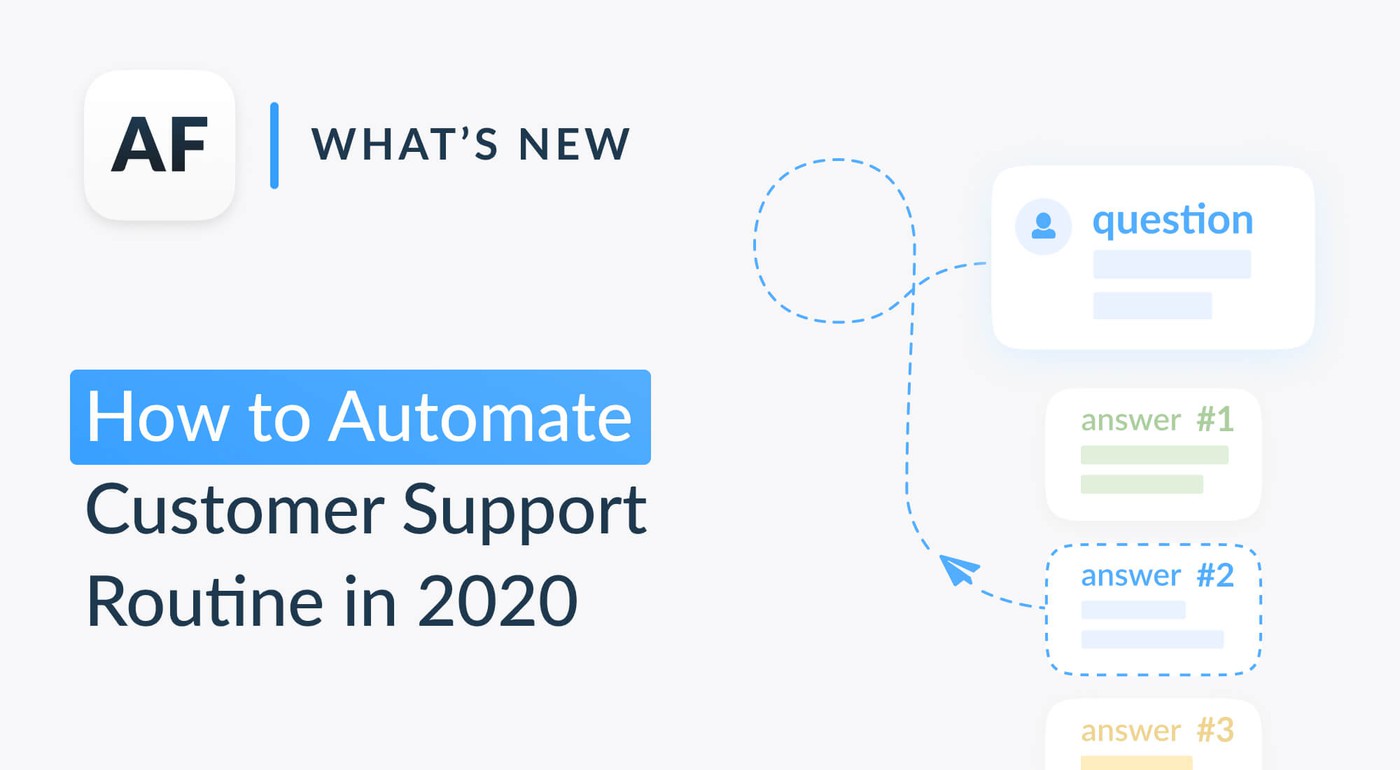3 key mobile trends to drive app growth in 2020

Table of Content:
For mobile marketers and app developers, it can seem impossible to get your app noticed amongst the millions that exist in the app stores. As the mobile world continues to evolve, it’s important to keep up with emerging technologies and trends in order to drive maximum growth for your brand. As you plan and execute your 2020 mobile strategy, here are three key mobile trends to consider.
1. Rise of Influencer Marketing
42% of marketers surveyed in a recent Branch Mobile Growth Survey indicated mobile influencers as a key channel for attracting new app users. In fact, influencer marketing is projected to become a $15 billion market by 2022. Why does it work? In part, because 92% of consumers trust recommendations from individuals over brands.
Influencers can take a variety of forms, from brand ambassadors to micro-influencers to celebrity influencers. As there are a variety of ways to implement influencers in your campaigns, consider these key influencer marketing strategies as you plan your campaigns:
Sponsored video content
From vlogs to live streams to unboxing videos, there are numerous ways for an influencer to incorporate your app into sponsored videos. Video content can be more engaging than a simple photo post from an influencer and provides your target audience a more entertaining experience.
Social media
89% of marketers cite Instagram as the most important channel for influencer marketing. Social media influencer marketing consists of paying influencers to create sponsored social media content, such as a sponsored photo or story on Instagram. Just make sure the influencer fits your brand and message so they don’t come off as inauthentic — 61% of consumers prefer influencers who create authentic content and engaged followers can easily recognize inauthentic posts.
2. Bridging the Web-to-App Gap as a Means to Drive Growth
Instead of acting as an added bonus, apps have become critical to brands delivering high-quality, seamless user experiences. However, app acquisition campaigns are costly. According to Branch data, capturing a user on web costs 82% less than driving an app install — which is why more and more brands are tapping their websites for new app users.
To convert your web visitors into loyal app users, utilize personalized smart banners and interstitials which enable you to retarget different sets of users based on their unique experiences. For example: present an interstitial to a returning user on a product page on your mobile website to route them to the same product within your app, where they’re more likely to convert.
Consider Korean e-commerce grocery shopping platform Market Kurly, which saw a 118% increase in web-to-app engagement using Branch’s Journeys smart banners. Market Kurly was able to create customized banners that direct mobile web users to in-app content, as well as A/B test the banners and messaging to optimize user experience and performance. Market Kurly can now build seamless web-to-app experiences and unlock accurate, cross-platform measurement of complex user journeys.
3. Identity Resolution Technologies Emerging to Solve Increased Fragmentation
Fragmentation refers to broken experiences across the mobile ecosystem. Each platform/device/channel provides different user experiences without much consideration of how those experiences change across other platforms/devices/channels. This gives rise to a challenge that is becoming more difficult (yet crucial) to solve: how to smoothly link these platforms to preserve content and provide users with seamless experiences.
Some examples:
- You’re reading your email on mobile and you see a promotion from your favorite retail brand. You click the promotion, but instead of being routed to the content you’re interested in within the app you have installed, you’re routed to the brand’s mobile website where you’re not logged in. You might take the time to sign in, track down the promotion, and complete the purchase — but more likely, you get frustrated and close out of the window.
- Increased fragmentation from more and more platforms and devices hitting the market — in 2020 we’ll see a number of new connected devices come online, from smart home devices and smart cars to network-connected refrigerators, appliances, and even new app stores. By 2022, each person in the US is projected to have an average of 13.6 connected devices. What are the chances they’ll all connect to create one beautifully seamless user experience? (spoiler: slim to none.)

For app developers and marketers, fragmentation is an obstacle to providing seamless experiences across all multiple platforms — since each platform and OS behaves different, brands must solve for fragmentation everywhere. If attempted in house, this requires constant engineering support. An alternative solution that we’ll see more of is brands partnering with a technology provider to solve for identity resolution.
Identity resolution technologies pave the way for product teams to deliver frictionless, personalized experiences and give mobile marketers visibility into when the same user connects with their brand across multiple platforms, devices, and channels. MarTech defines identity resolution as the process of connecting unique ‘identifiers’ to create a single, unified, real-time, persistent customer identity. Identifiers can include device ID, browser behavior, transactions, and other contextual data that help connect the same individual across devices, platforms, and channels. Identifiers do not need to — and should not — include PII (personally identifiable information). Branch’s solution to digital fragmentation is our persona graph, which was built by solving cross-platform experiences through deep links. Instead of miscounting a single user who engages with your app across a variety of platforms and channels as many different users, our cross-platform view allows us to map the identifiers that were once fragmented to help you understand the complete user journeys of your unique users — while preserving and protecting user data privacy.
Growing an app can be challenging, but by keeping trends like these in mind, you’ll be able to tackle any mobile growth obstacle that comes your way in 2020.









